Brandenburg Gate: The Symbol of Berlin
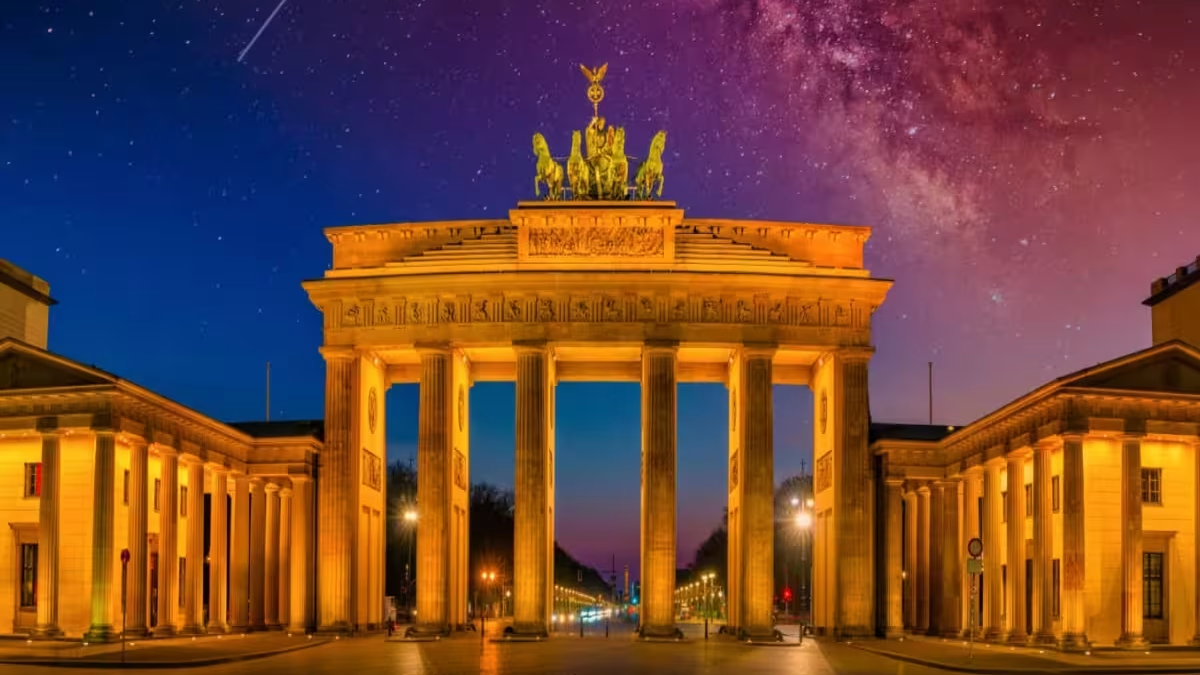
Brandenburg Gate: The Symbol of Berlin
The Brandenburg Gate (Brandenburger Tor), standing majestically at the western end of Berlin’s Unter den Linden boulevard, is one of the most iconic landmarks in Germany. This neoclassical monument has witnessed the tumultuous history of Berlin and has become a symbol of both the city and the nation. This comprehensive article explores the history, significance, and tourist appeal of the Brandenburg Gate, offering insights into its unique charm and the rich heritage it represents.
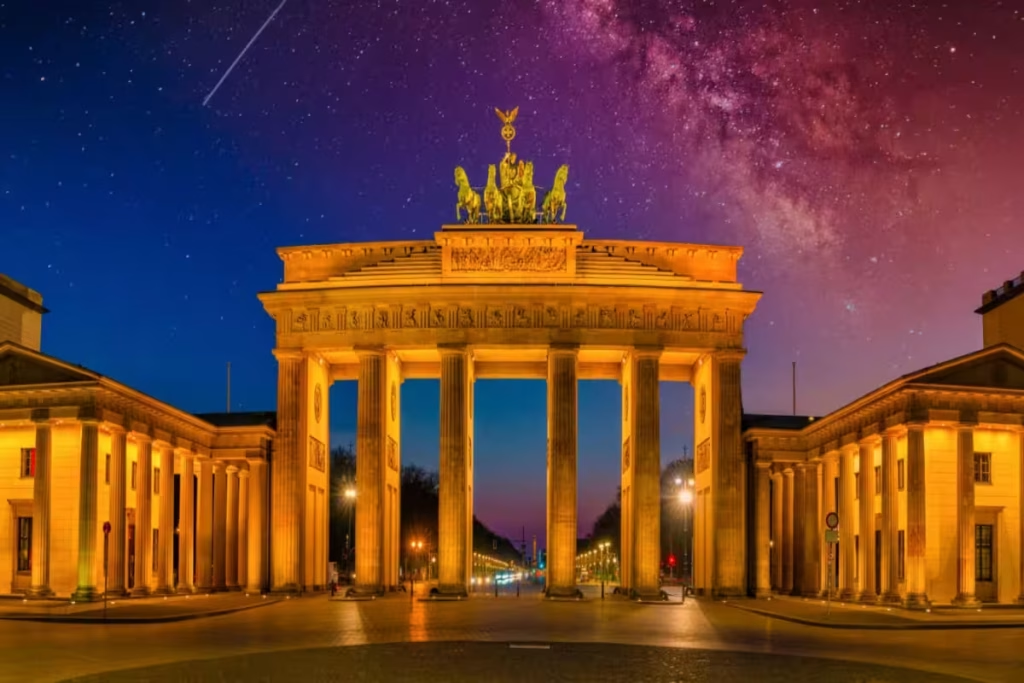
Historical Background of the Brandenburg Gate
Construction and Early History: The Brandenburg Gate was commissioned by King Frederick William II of Prussia and was constructed between 1788 and 1791. The architect, Carl Gotthard Langhans, designed the gate in the neoclassical style, inspired by the Propylaea, the gateway to the Acropolis in Athens. The gate originally served as a grand entrance to the boulevard Unter den Linden, which led directly to the royal city palace.
Design and Architecture: The Brandenburg Gate is 26 meters high, 65.5 meters wide, and 11 meters deep. It features twelve Doric columns, six on each side, creating five passageways. The central passageway was originally reserved for royal carriages, while the public used the outer lanes. Atop the gate sits the Quadriga, a chariot drawn by four horses and driven by Victoria, the Roman goddess of victory. This sculpture, created by Johann Gottfried Schadow, symbolizes peace and victory.
Napoleonic Wars: In 1806, after Prussia’s defeat by Napoleon, the French emperor ordered the Quadriga to be dismantled and taken to Paris. The statue remained in France until 1814, when it was returned to Berlin following Napoleon’s defeat. Upon its return, the Quadriga was redesigned to include the Prussian eagle and the Iron Cross, signifying the victory over Napoleon.
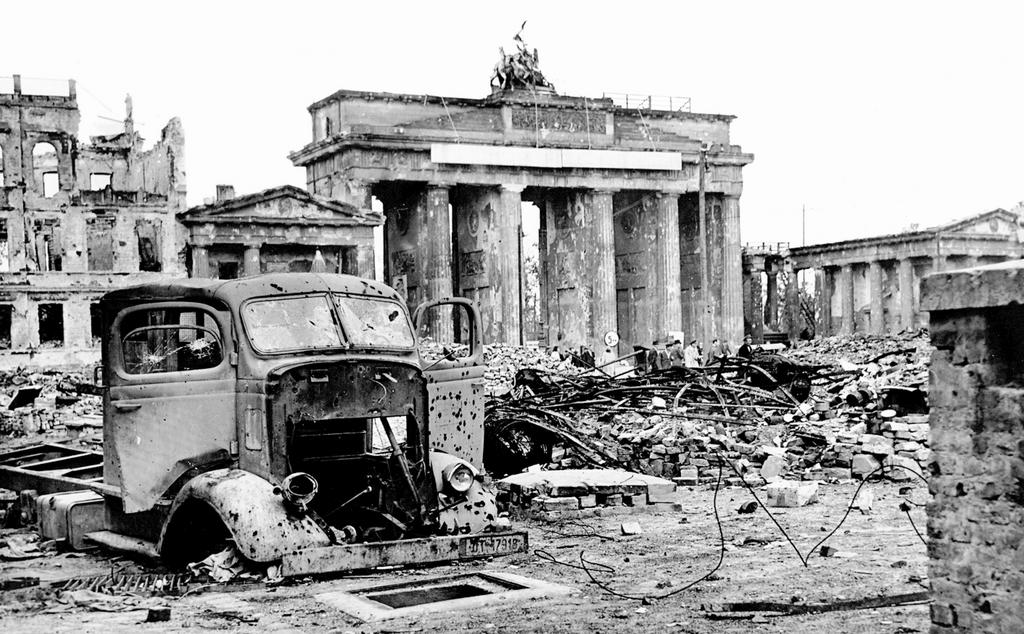
The Brandenburg Gate Through the Ages
19th Century: Throughout the 19th century, the Brandenburg Gate remained a prominent symbol of the city’s status and power. It witnessed numerous parades, state ceremonies, and public celebrations, reflecting the political and social changes in Germany.
World War II: During World War II, the Brandenburg Gate was heavily damaged by Allied bombing raids. The Quadriga was almost completely destroyed, and the gate itself suffered significant structural damage. After the war, the gate was located in the Soviet sector of Berlin, and it stood in a state of disrepair for several years.
The Cold War and Berlin Wall: The Brandenburg Gate’s most significant period came during the Cold War. Following the division of Berlin in 1961, the gate was located just inside East Berlin, adjacent to the Berlin Wall. The gate became a potent symbol of the city’s division and the broader ideological divide between East and West. For nearly three decades, it stood in a no-man’s land, inaccessible to both East and West Berliners.
Fall of the Berlin Wall: On November 9, 1989, the Berlin Wall fell, marking the beginning of the end for East Germany and the reunification of Germany. The Brandenburg Gate was reopened on December 22, 1989, in a historic ceremony attended by thousands of people. The gate, once a symbol of division, became a powerful emblem of unity and freedom.
Restoration and Modern Significance
Restoration Efforts: Following the fall of the Berlin Wall, extensive restoration efforts were undertaken to repair and preserve the Brandenburg Gate. The gate was meticulously restored to its former glory, with the Quadriga being reconstructed and the entire structure being reinforced. The restoration was completed in 2002, and the gate was unveiled in a grand ceremony.
Symbol of Unity and Peace: Today, the Brandenburg Gate stands as a symbol of German unity and peace. It is a focal point for national celebrations and a testament to the resilience of Berlin and its people. The gate is a powerful reminder of the city’s turbulent history and its capacity for renewal and transformation.
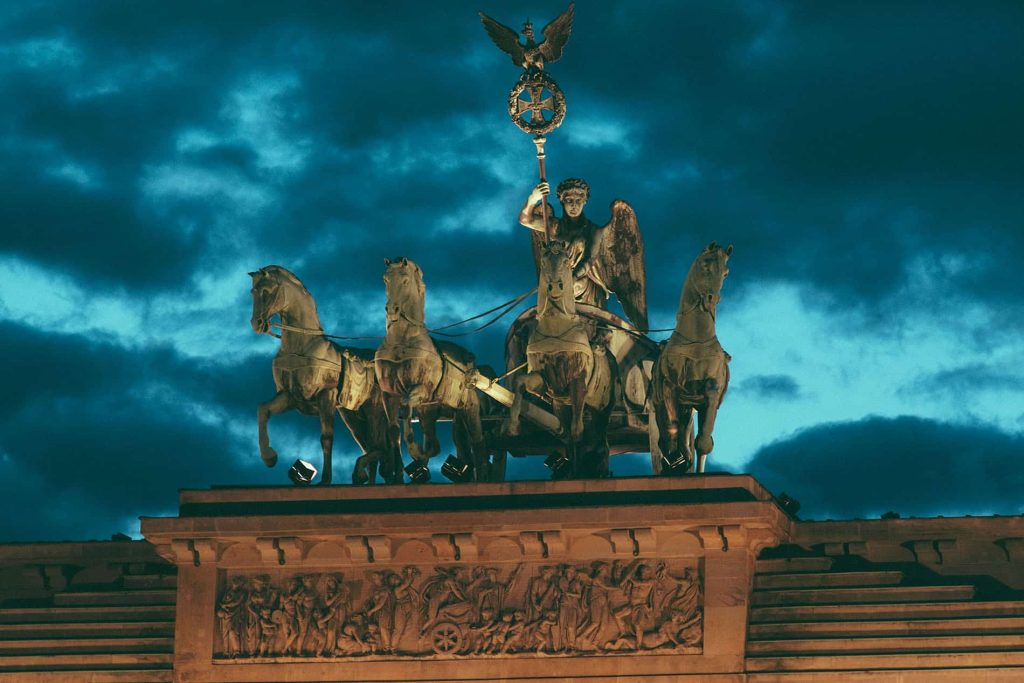
Tourist Appeal of the Brandenburg Gate
The Brandenburg Gate attracts millions of tourists each year, drawn by its historical significance, architectural beauty, and symbolic power. Here are some of the key reasons why the Brandenburg Gate is a must-visit destination in Berlin:
Historical Significance: The Brandenburg Gate’s rich history makes it a fascinating site for visitors. From its construction in the 18th century to its role in the Cold War and the fall of the Berlin Wall, the gate has been a witness to many pivotal moments in German history. Guided tours and informational plaques provide insights into the gate’s past, allowing visitors to appreciate its historical context.
Architectural Beauty: The neoclassical design of the Brandenburg Gate, with its imposing columns and intricate sculptures, is a testament to the architectural prowess of Carl Gotthard Langhans. The gate’s grandeur and symmetry create a stunning visual impact, particularly when viewed from the Unter den Linden boulevard.
Quadriga: The Quadriga atop the gate is a masterpiece of sculpture, symbolizing victory and peace. The chariot, drawn by four horses and driven by the goddess Victoria, adds a dynamic and powerful element to the structure. Visitors can admire the details of the Quadriga and learn about its historical significance.
Cultural and Political Symbolism: The Brandenburg Gate is a powerful symbol of Berlin’s resilience and Germany’s reunification. It serves as a backdrop for important political events, public gatherings, and cultural celebrations. The gate’s significance as a symbol of freedom and unity resonates deeply with visitors from around the world.
Location and Surroundings: The Brandenburg Gate is centrally located in Berlin, making it easily accessible for tourists. It is situated at the end of Unter den Linden, a grand boulevard lined with shops, cafes, and historic buildings. Nearby attractions include the Reichstag (German Parliament), the Holocaust Memorial, and Pariser Platz, a vibrant square with luxury hotels and embassies.
Practical Tips for Visiting the Brandenburg Gate
To make the most of your visit to the Brandenburg Gate, consider the following practical tips:
Plan Your Visit: The Brandenburg Gate is open to visitors 24/7, and there is no admission fee. However, guided tours are available and can provide valuable historical insights. Consider booking a tour in advance to enhance your experience.
Best Time to Visit: The Brandenburg Gate is a popular tourist attraction, so it can get crowded, especially during peak tourist seasons. Early mornings or late evenings are the best times to visit if you prefer a quieter experience. The gate is also beautifully illuminated at night, offering a different perspective.
Nearby Attractions: Take advantage of the Brandenburg Gate’s central location to explore other nearby attractions. The Reichstag, with its glass dome offering panoramic views of Berlin, is a short walk away. The Holocaust Memorial, with its poignant design and underground museum, is also nearby.
Photography: The Brandenburg Gate is a photogenic landmark, and there are several vantage points for great photos. The Unter den Linden boulevard offers a classic view, while Pariser Platz provides a closer perspective. The gate is especially striking at sunset or when illuminated at night.
Cultural Events: The Brandenburg Gate hosts various cultural and political events throughout the year, including New Year’s Eve celebrations, concerts, and public gatherings. Check the event calendar to see if any special events coincide with your visit.
Unique Features and Charming Aspects of the Brandenburg Gate
The Brandenburg Gate’s charm lies in its unique blend of historical significance, architectural beauty, and symbolic power. Several aspects make the Brandenburg Gate a special destination for tourists:
Historical Layers: The Brandenburg Gate is a palimpsest of Berlin’s history, with each layer revealing different aspects of the city’s past. From its neoclassical origins to its role in the Cold War and the reunification of Germany, the gate’s history is a microcosm of Berlin’s broader narrative.
Architectural Mastery: The gate’s design reflects the neoclassical style that was popular in the late 18th century. The use of Doric columns, symmetry, and proportion creates a sense of grandeur and order. The Quadriga sculpture adds a dynamic and celebratory element, symbolizing victory and peace.
Cultural Significance: The Brandenburg Gate has become a cultural icon, featured in countless works of art, literature, and media. It is a symbol of Berlin’s identity and its resilience in the face of adversity. The gate’s transformation from a symbol of division to one of unity is a powerful testament to the city’s capacity for renewal.
Interactive Experiences: The Brandenburg Gate area offers interactive experiences that enhance the visitor’s understanding of its history. Information panels, multimedia displays, and guided tours provide context and insights. The nearby Brandenburg Gate Museum offers an immersive experience with exhibits on the gate’s history and significance.
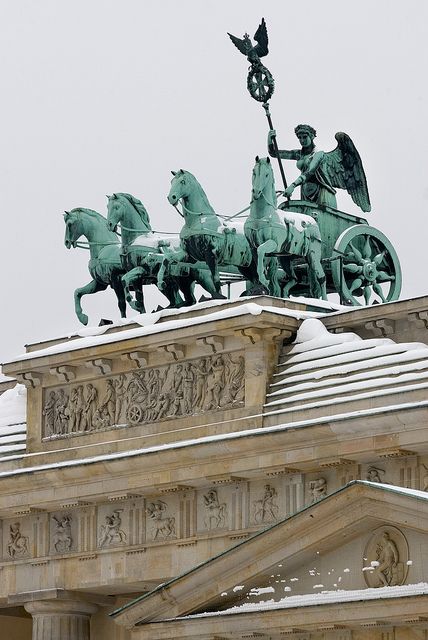
Conclusion
The Brandenburg Gate is more than just an architectural marvel; it is a symbol of Berlin’s rich history, resilience, and unity. From its neoclassical design and historical significance to its role in Germany’s reunification, the gate captivates visitors with its unique charm and profound symbolism.
As a must-visit destination in Berlin, the Brandenburg Gate offers a wealth of experiences for tourists. Whether you are exploring its historical context, admiring its architectural beauty, or participating in cultural events, the gate provides a deep connection to Berlin’s past and present.
Plan your visit to the Brandenburg Gate, embrace its historical and cultural significance, and discover why it remains one of the most beloved landmarks in Germany. From its grand columns and majestic Quadriga to its symbolic power, the Brandenburg Gate invites you to experience the heart of Berlin’s heritage and the spirit of its people.
-
Brandenburg Gate: The Symbol of Berlin
Brandenburg Gate: The Symbol of Berlin The Brandenburg Gate (Brandenburger Tor), standing majestically at the western end of Berlin’s Unter den Linden boulevard, is one of […]
thecoins24 Bitcoin News Cryptocurrency airdrop theforex24 Forex News Aypa Group Aypa Website developer Aypa SEO
italyeducation تحصیل در ایتالیا تحصیل رایگان در ایتالیا پذیرش تحصیلی در ایتالیا دانشگاه های ایتالیا بورسیه تحصیلی ایتالیا Aypa Digital Marketing Forex Calculator





1 Comment
[…] Brandenburg Gate (Brandenburger Tor) […]